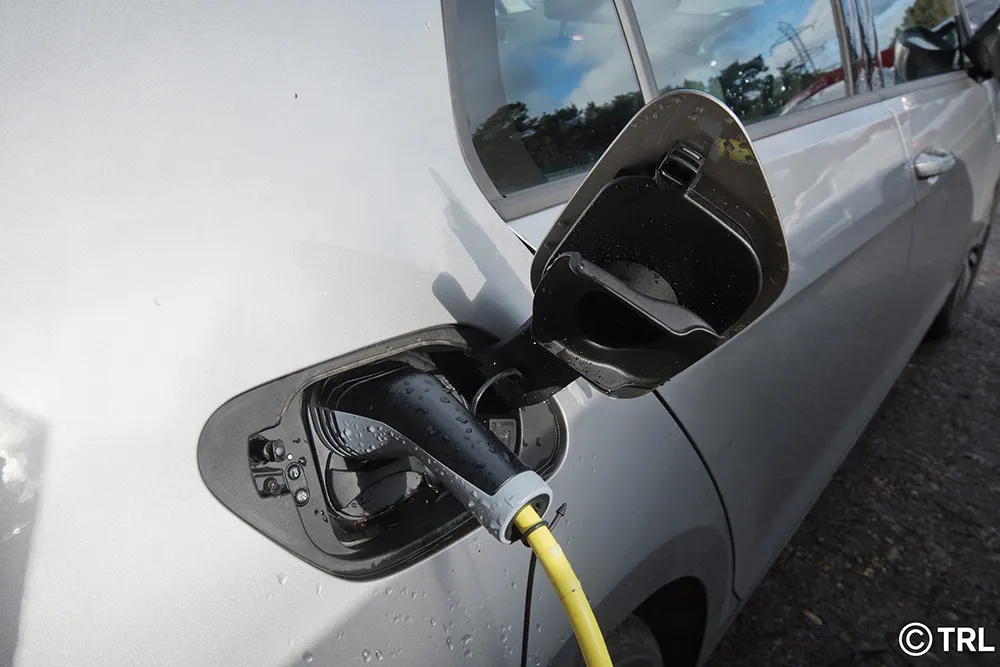June 2017 sees the completion of the EU UDRIVE project, a practical driving study which aims to provide insight into driver behaviour during every-day trips. The project is recording details of the driver, the vehicle and surrounding traffic in a range of situations including acceleration, lane position, speed, eye movements, traffic densities or road conditions. 120 cars, 32 trucks and 40 scooters have been collecting data for up to 21 months, equipped with several video cameras covering both the external
May 9, 2017
Read time: 1 min
June 2017 sees the completion of the EU UDRIVE project, a practical driving study which aims to provide insight into driver behaviour during every-day trips. The project is recording details of the driver, the vehicle and surrounding traffic in a range of situations including acceleration, lane position, speed, eye movements, traffic densities or road conditions.
120 cars, 32 trucks and 40 scooters have been collecting data for up to 21 months, equipped with several video cameras covering both the external view of the vehicle and the internal view, including the driver’s face, hands and feet.
On 7 June, the interactive UDRIVE Experience will be presented at the 6th International Naturalistic Driving Research Symposium in The Hague, the Netherlands, allowing participants to find out what data was collected as part of the study, the results and their implications.










